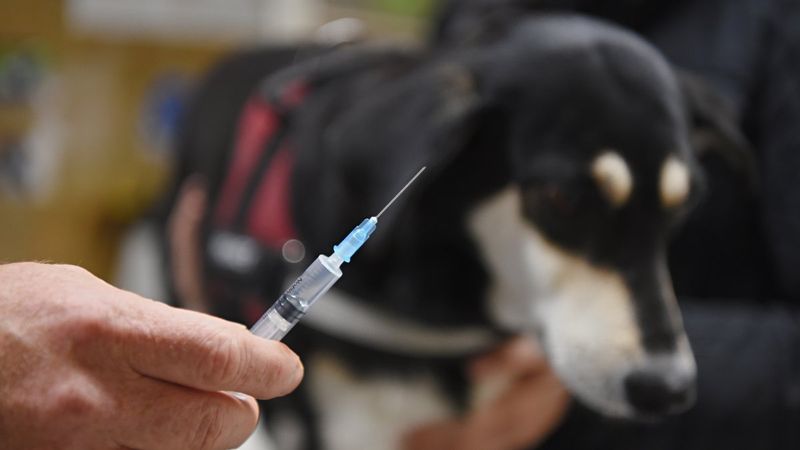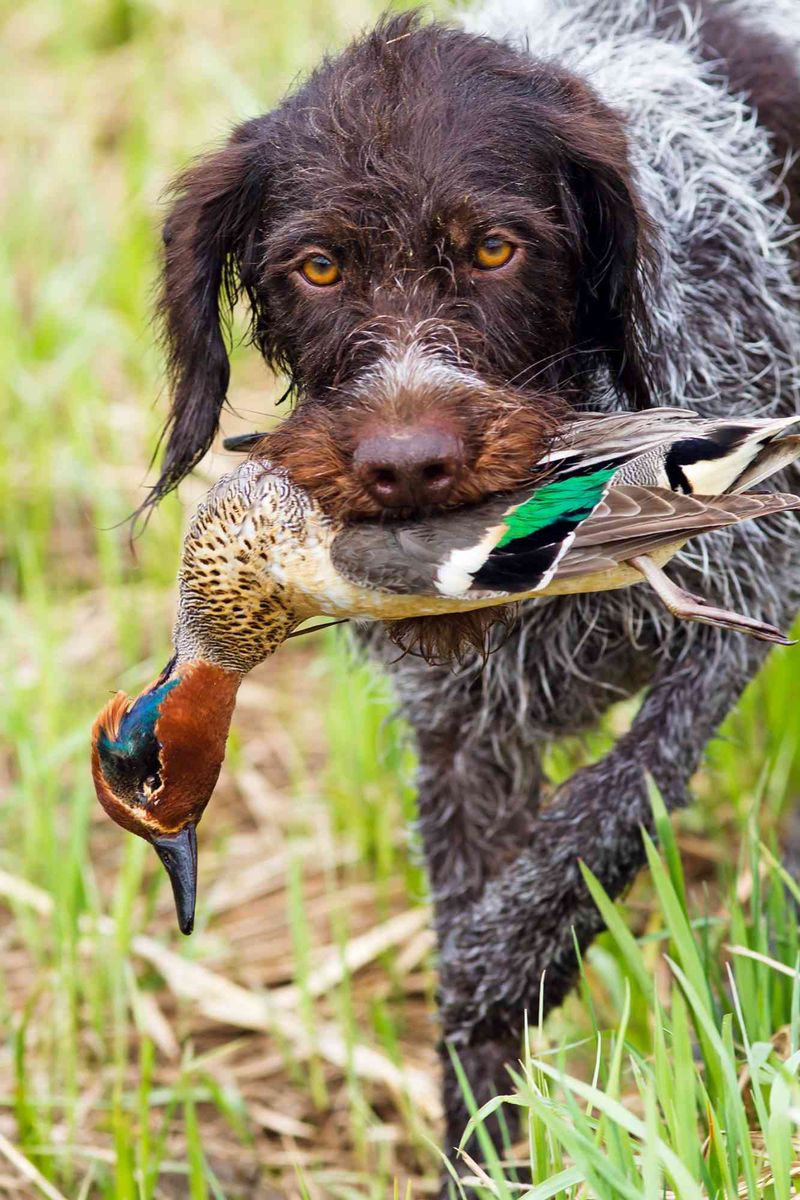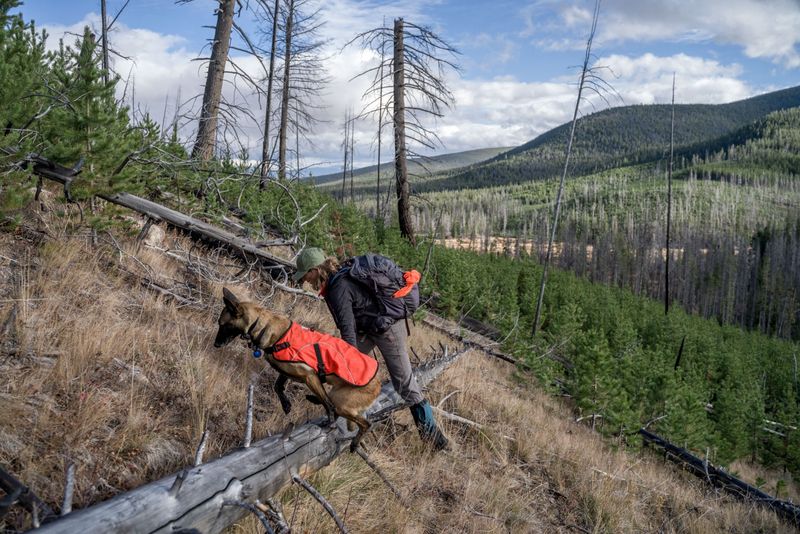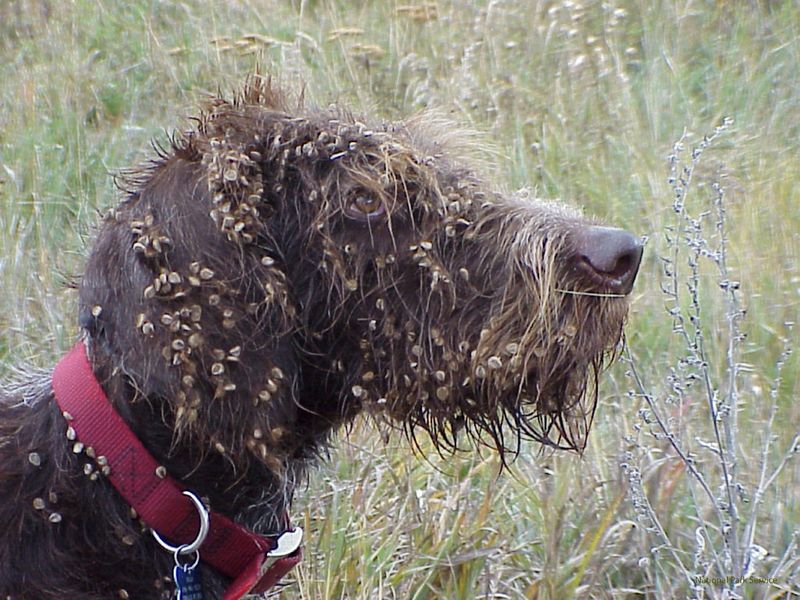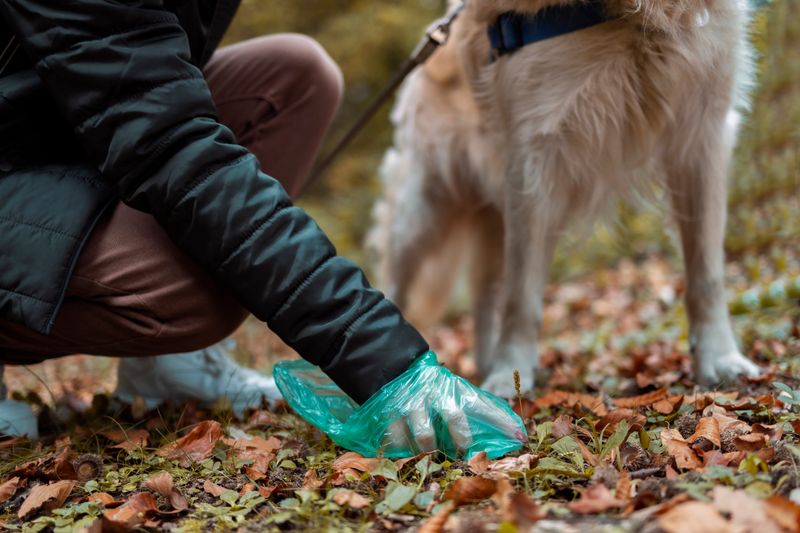While pet dogs are beloved companions, their presence can have unintended consequences on local wildlife. Recent research highlights several ways in which our furry friends are inadvertently disrupting ecosystems. Below are seven unique points outlining how dogs, despite their loyal nature, might be contributing to wildlife disturbances.
Chasing Wildlife
Dogs, with their playful and energetic nature, often chase wildlife, mistaking them for a part of their games. This behavior isn’t malicious but can cause significant stress to animals like deer or rabbits, who perceive these chases as life-threatening.
Wild animals expend precious energy trying to escape, which they might have needed for survival. Frequent disturbances can lead to a decline in wildlife populations, as animals abandon areas they once inhabited.
Dog owners can help by keeping their pets on leashes in areas known for high wildlife activity, ensuring harmony between pets and wildlife.
Spreading Disease
Dogs, despite their clean appearance, can be carriers of diseases that affect wildlife. These diseases, often transmitted through feces or bodily fluids, can have devastating effects on local animal populations.
Diseases like parvovirus or canine distemper can spread quickly among wildlife, especially in dense populations. Infected animals may suffer debilitating symptoms, leading to decreased survival rates.
Pet owners can contribute to wildlife protection by ensuring their dogs are vaccinated and by keeping them away from wildlife areas where disease transmission is more likely.
Predation on Small Animals
Some dogs, driven by instinct, may hunt small animals such as birds or rodents. This behavior, while natural, poses a real threat to local wildlife populations.
In areas where endangered species are present, even a single dog can cause significant harm to vulnerable animal groups. The constant pressure of predation disrupts breeding patterns, leading to long-term population declines.
To mitigate this, owners can take measures like using bells on collars or supervising their dogs during outdoor activities to prevent unwanted predation.
Habitat Disturbance
Dogs, with their love for digging, can inadvertently cause habitat destruction. By uprooting plants and disrupting soil structure, they can alter the delicate balance of local ecosystems.
This kind of disturbance is particularly harmful in sensitive areas such as sand dunes or wetlands, where specific plants and animals are interdependent. Over time, these disturbances can lead to loss of biodiversity.
To minimize impact, dog owners are encouraged to redirect their dogs’ digging to designated areas or engage them in other mentally stimulating activities.
Noise Pollution
The bark of a dog, while normal to us, can be a form of noise pollution in natural settings. Wildlife relies on sound for communication, mating, and predator detection.
Loud barking disrupts these natural processes, causing animals to flee or become disoriented. This stress can negatively affect feeding, reproduction, and ultimately, survival.
Pet owners can help by keeping their dogs quiet in nature reserves or during sensitive times like dawn and dusk when wildlife is most active.
Introducing Invasive Species
Dogs often collect seeds and plant material in their fur, inadvertently introducing invasive species to new areas. These non-native plants can outcompete local flora, leading to habitat degradation.
As invasive species spread, they alter the food web, affecting all levels of the ecosystem. Native plants and animals may decline as they struggle to compete with these new species.
Owners can reduce this risk by regularly grooming their dogs and checking for seeds after walks, especially in ecologically sensitive areas.
Fecal Contamination
Dog waste, if not properly managed, can lead to contamination of natural areas. Feces contribute to nutrient loading in soils and waterways, leading to harmful algal blooms and water quality issues.
This contamination can impact aquatic life and disrupt the balance of ecosystems. Moreover, it can transmit diseases to wildlife, further threatening their health.
Responsible pet owners can protect wildlife by always cleaning up after their dogs and using designated disposal bins in natural parks.


